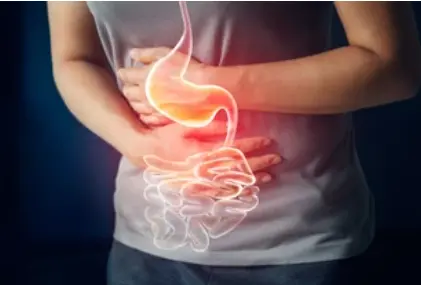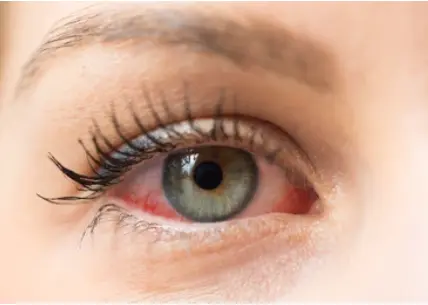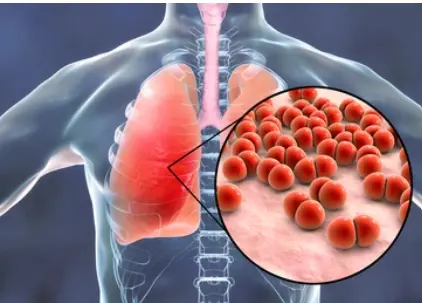 Welcome
Welcome
“May all be happy, may all be healed, may all be at peace and may no one ever suffer."
Skin burns - Generics
Skin burns occur when the skin is damaged by heat, chemicals, electricity, or radiation. Burns are classified based on their severity and are categorized into three types: first-degree, second-degree, and third-degree burns.
First-degree burns:
- Affect only the top layer of skin (epidermis)
- Characterized by redness, mild swelling, and pain
- Typically heal within a week without scarring
Second-degree burns:
- Affect both the epidermis and the underlying layer of skin (dermis)
- Characterized by redness, blistering, and severe pain
- May take up to several weeks to heal and may leave a scar
Third-degree burns:
- Affect all layers of the skin and may involve deeper tissues, such as muscle or bone
- Characterized by charred or white skin, numbness, and severe pain
- Require immediate medical attention and may require surgery or skin grafting
Treatment for skin burns:
- Treatment for skin burns depends on the severity of the burn and may involve self-care measures or medical attention.
- For first-degree burns, cool water or compresses, pain relief medications, and topical creams may be sufficient.
- For second-degree burns, cool water or compresses, pain relief medications, topical antibiotics, and regular dressing changes may be required.
- For third-degree burns, emergency medical attention is required, and treatment may involve wound care, skin grafting, or surgery.
Prevention of skin burns:
- Avoid exposure to hot liquids, steam, or flames
- Use protective clothing or gear when working with heat or chemicals
- Practice good electrical safety measures
- Use sun protection measures to prevent sunburns
In conclusion, skin burns can vary in severity, and treatment depends on the extent of the damage. It is important to practice prevention measures to avoid skin burns, such as avoiding exposure to heat, chemicals, or radiation, and using protective clothing or gear when working with these substances. If you experience a skin burn, it is important to seek medical attention for proper evaluation and treatment.

Bladder carcinoma

Pylorospasm

Conjunctivitis

Sore throat

Infiltration anesthesia

Acute renal failure

Chronic asthma

Relieve pain
Skin burns, ত্বক জ্বলে
To be happy, beautiful, healthy, wealthy, hale and long-lived stay with DM3S.